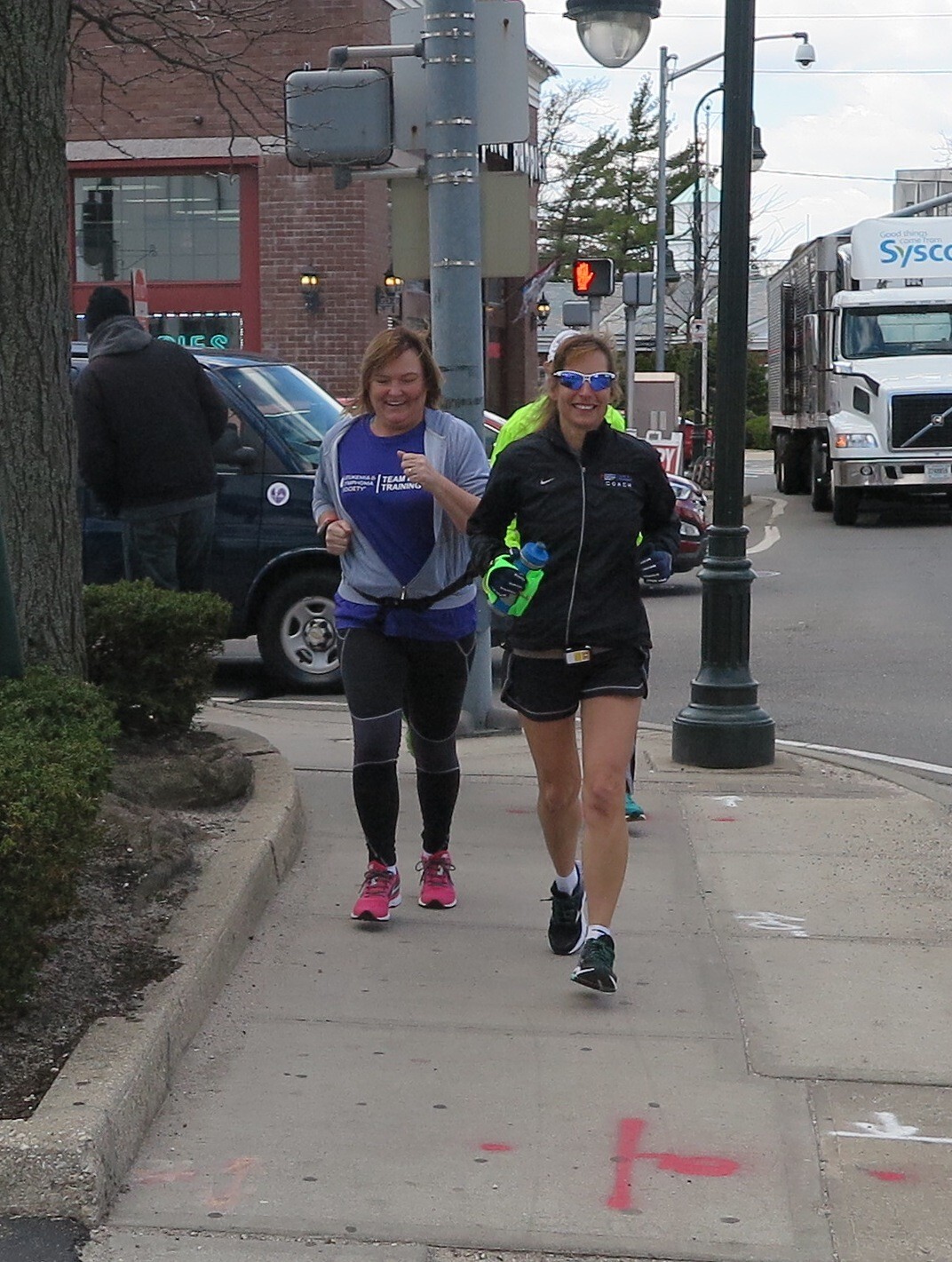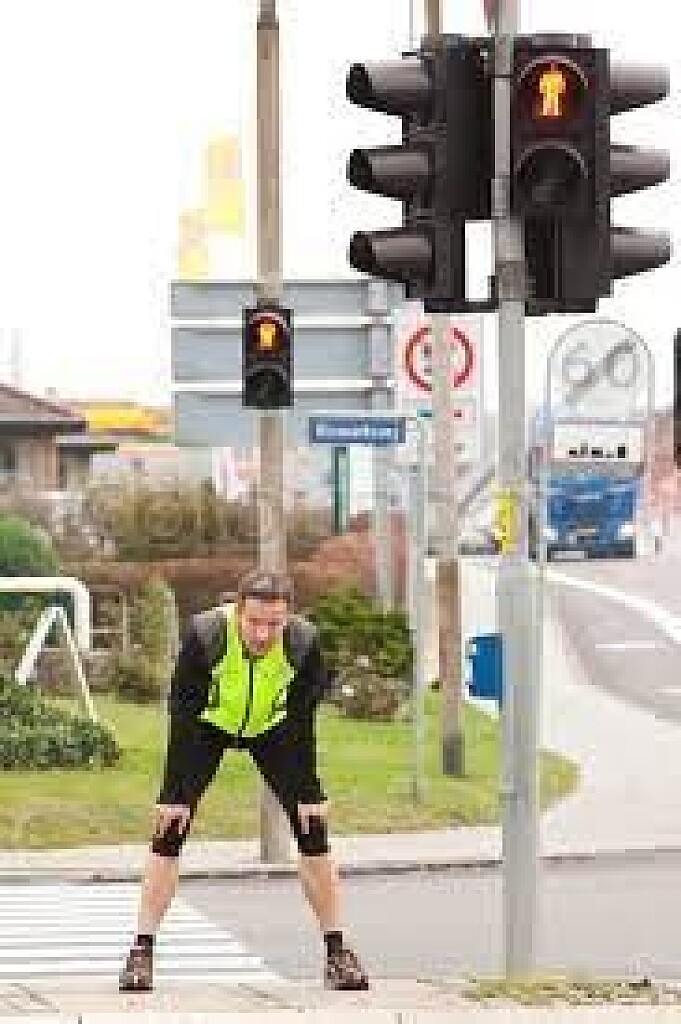Running News Daily
Running News Daily is edited by Bob Anderson. Send your news items to bob@mybestruns.com Advertising opportunities available. Train the Kenyan Way at KATA Kenya and Portugal owned and operated by Bob Anderson. Be sure to catch our movie A Long Run the movie KATA Running Camps and KATA Potato Farms - 31 now open in Kenya! https://kata.ke/
Index to Daily Posts · Sign Up For Updates · Run The World Feed
How to keep your rhythm when traffic stalls your run
Nothing puts a cold stop to a good warmup run like the sudden flash of a traffic warning light. From short, frequent waits at downtown intersections to longer holdups at railway crossings, to drawn-out delays at lift bridges where ships saunter by at a snail’s pace, pauses caused by traffic are a reality for every runner at some point. When waiting out whatever is blocking your path, keeping your engine warm with some simple exercises can help you maintain your momentum.
Why keep moving?

Opting to keep active instead of idling during an unplanned pause can have mental as well as physical benefits. Stopping cold can disrupt a runner’s flow and mental focus, especially during a challenging run. Maintaining some level of movement can help you keep your mind engaged and prepared to throw it back into the same gear when you start moving again. Staying active when stopped also keeps blood flowing to the muscles—resting and cooling your muscles for too long can cause a performance hit, and even increase the risk of injury, once your wait is over and it’s time to pick up the pace again. Having some simple exercises up your sleeve will help you slip into active standby mode. Consider these suggestions for coping with delays of varying durations.
Traffic signals: waits of 30 seconds to two minutes

For brief, predictable stops at city intersections, where waits to cross the street typically last mere seconds to around two minutes, running in place is probably the most intuitive and practical way to keep your body moving. Transitioning from a run to a stationary jog—and back again—maintains the flow of activity with no interruption. It’s also a form of exercise that doesn’t take up any additional space, which is important when running on busy city streets where sidewalk real estate is at a premium. Running on the spot makes it easy to gauge and manage the intensity of your movement when waiting for the light to change. Those pacing themselves by heart rate can easily adjust their effort (which could be cadence, kick height, or both) to stay in the same target heart-rate zone they were in while on the move.
Railway crossings: waits of up to five minutes
While running in place might also be appropriate to wait out zippier commuter trains, getting stuck at a rural railway crossing by a seemingly endless stream of lumbering cattle cars might call for a less monotonous approach. For medium-length pauses that are too long for running on the spot, but too short to make doubling back on your route worth your while—particularly if you’re strict about not exceeding your distance goals—a mix of exercises will keep your blood pumping and help the time pass more quickly.
Consider rotating between routines that focus on different muscle groups in one- to two-minute intervals. This might include working your core by performing a plank, followed by two minutes of dynamic stretching (targeting gluteal muscles and hamstrings for a minute each) and finishing with mobility exercises such as front- and side-leg swings.
Lift bridges: waits of 10 minutes to eternity (seemingly)
Fortunately, the longest traffic delays runners are likely to face tend to be the easiest to plan around. Such is the case with boat and ship traffic. In areas such as Ontario’s Niagara region, where the Welland Canal cuts through streets in several communities, raised lift bridges can stop runners for 20 minutes or more. The most practical option for staying in motion when a raised bridge blocks your route is to have an alternate route at the ready. Or, depending on the training-run goals, it may be worth rethinking your gameplan entirely—if the route you’ve mapped out for your two-hour long run risks leaving you stuck at a bridge at the 90-minute mark, stick to a course where exceedingly long traffic tie-ups won’t jeorpardize your training targets.
by Paul Baswick
Login to leave a comment




